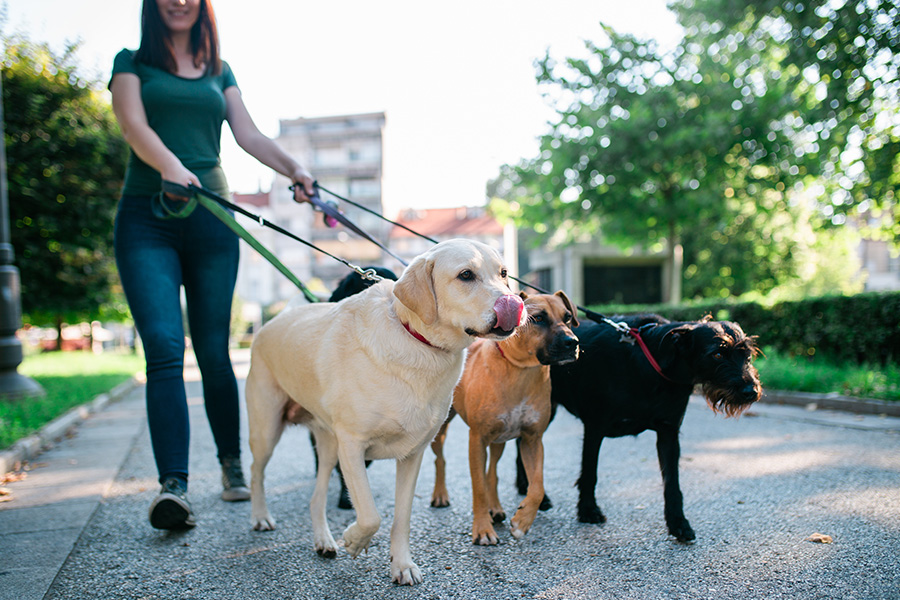Being a dog trainer
Dog training can be an extremely interesting job to do. You will get to spend plenty of time with your fur buddies and you will also get to teach them the best ways to behave. Not only that, you get to experience the gratitude of multiple pet parents for the job you do and earn from. If you have good experience in training dogs, you can ensure that you make a steady income out of doing that for a living. Dog training always requires plenty of patience and a knack to behave with dogs. You will also need to have plenty of intuition that will help you understand what each different dog’s level of understanding is, what kind of training they require and how much of a rigorous level of training you have to put them through. Once you learn to figure this all out, you can start using your unique skills to teach different dogs several commands, and the way of behaving. Obviously, just like humans, the temperaments of the dogs always differ and you will have to treat them according to their level of understanding for optimum results. Sometimes the pet parents will be convinced that their dog needs only a basic level of training, and they might not be gauging it right at all. Sometimes the pet parent might underestimate how hard it will be to train their dog, but you will have to make them understand the nuances that need to be followed when it comes to training. Since dog training can be quite a challenging job to do, it is easy to get carried away and step out of boundaries. There are a few things that you should not be doing even if you are a professional dog trainer, here are some of those –
- Too much time between sessions – If you leave too much time between the sessions, the dog might forget your purpose and the commands you taught them. They might also start viewing it as an activity they do once in a while rather than an actual teaching session that they have to learn from.
- Inconsistent rules – If you change the rules every time you meet them, they will not be able to understand what to follow. For the time being, they might end up following the said rules that sessions, but nothing will be imprinted in their brains. So it is very important to have and remember the rules you teach a dog and follow them religiously every session.
- Violent behavior – At no point, should you resort to violent behavior or harm the dog(s) in any way just because they are not listening to what you are saying. It is important to keep in mind that they do not understand our language completely and we need to make them accustomed to it slowly. If they make mistakes, it is probably not on purpose and hence does not deserve any sort of violent reaction to it.
- Not regarding the breed – You must always make sure that your training sessions are in accordance with the breed of the dog that you are teaching to. For example, some breeds might not be suited for vigorous agility training. Following along the same lines, it is also important to consider the dog’s age and abilities while training. You should focus on making them comfortable and ensuring that everything you are making them do is completely doable by them with a little encouragement and patience.
- Stop at the first sign of good behavior – Always make sure the dog has actually learned the behavior and not just accomplished it once before stopping to teach them that particular behavior.







